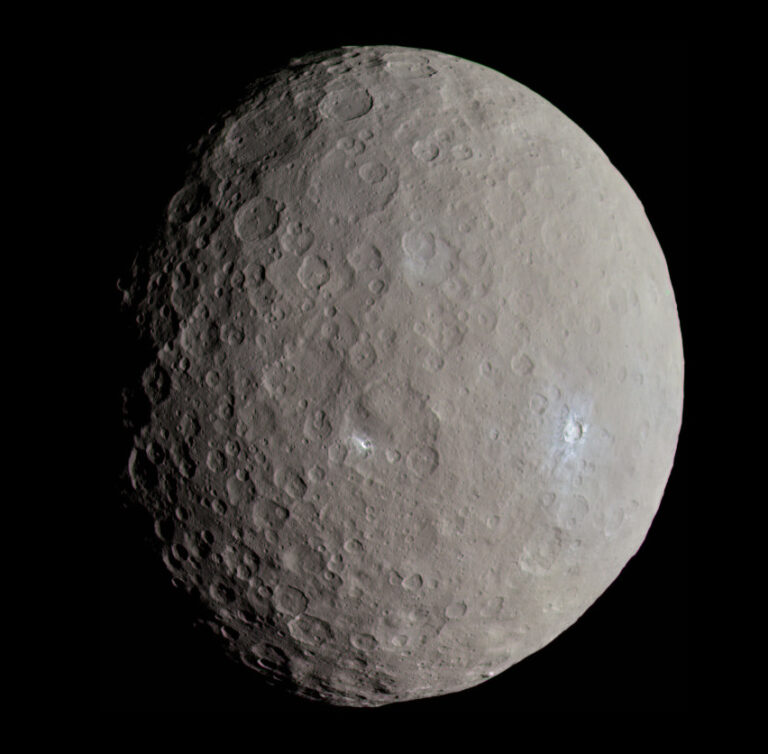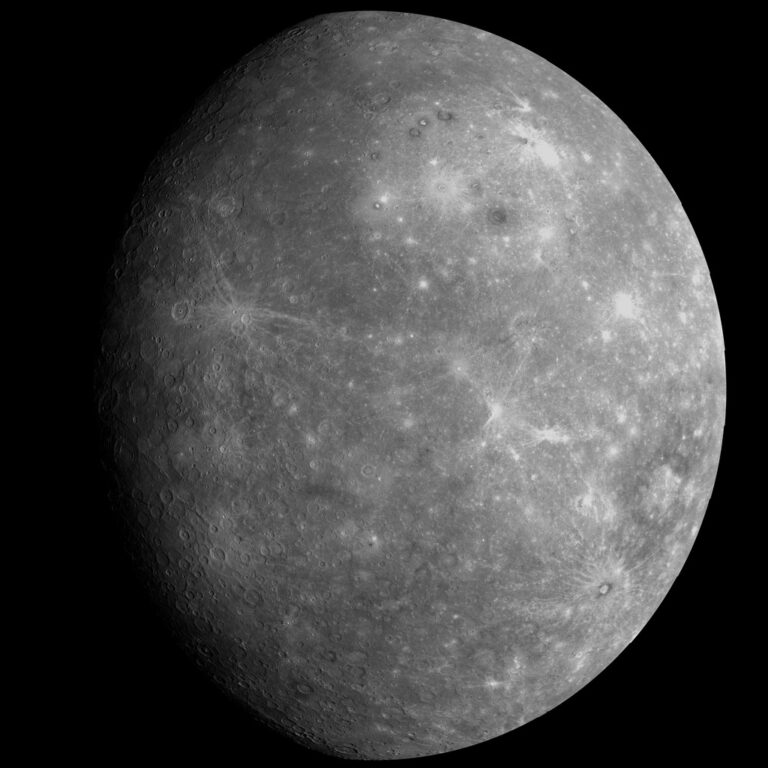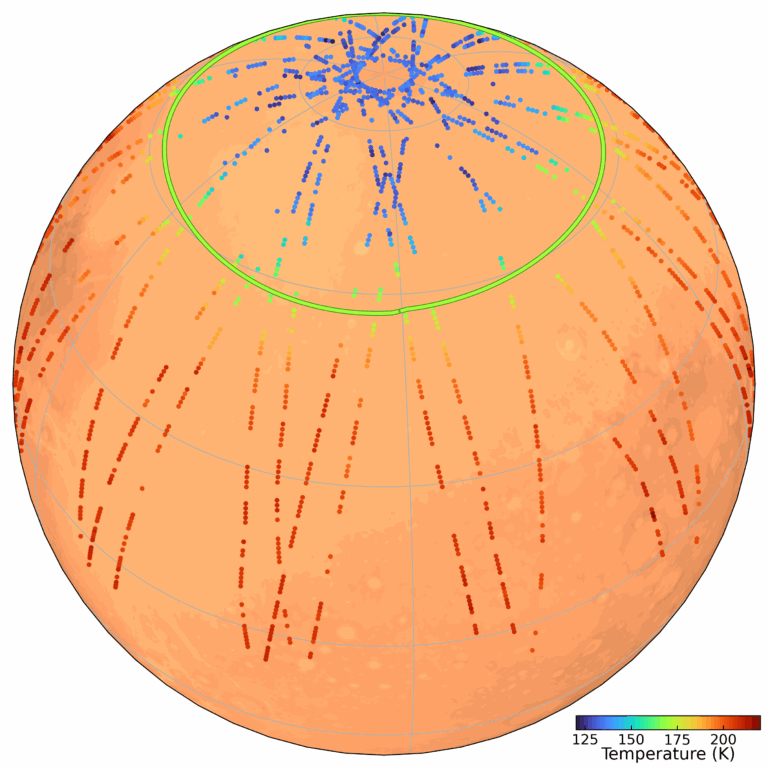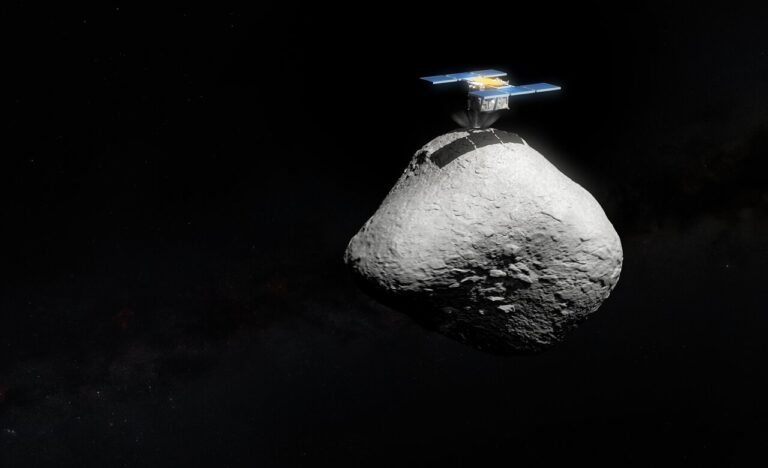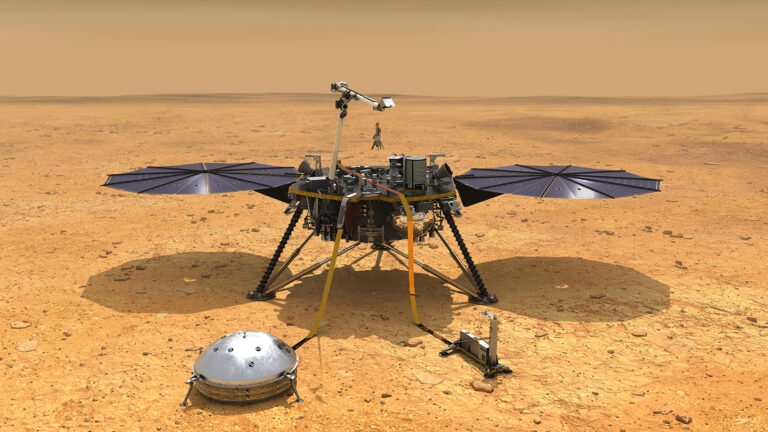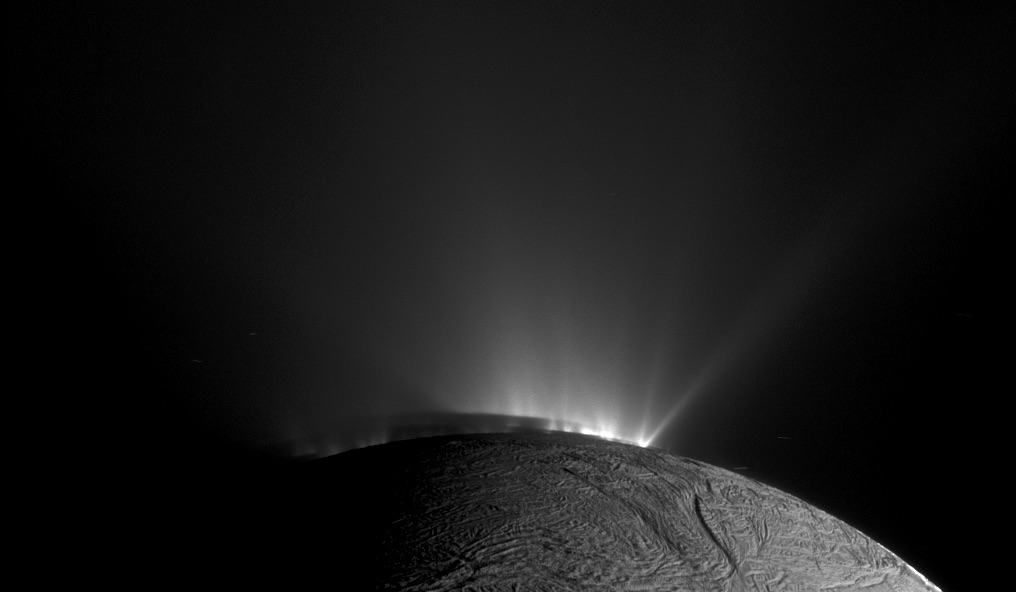
Key Takeaways:
A new analysis of archival data from the Cassini spacecraft has confirmed that the icy jets shooting from Saturn’s moon Enceladus contain organic molecules — the key building blocks of life. This microscopic ice, sampled directly from a crack in the moon’s surface, strengthens the case that Enceladus’s hidden ocean is potentially habitable.
Scientists have known since 2005 that Enceladus harbors water beneath its icy crust, venting plumes of vapor and ice into space from its south pole. Although organic compounds were first detected in 2018, it was unclear whether they originated in the subsurface ocean or formed after the ice was exposed to space radiation. The new study, published in Nature Astronomy, resolved this ambiguity by analyzing freshly spewed ice grains — confirming that the organic material is present and originated in the moon’s liquid water.
“There are many possible pathways from the organic molecules we found in the Cassini data to potentially biologically relevant compounds, which enhances the likelihood that the moon is habitable,” said Nozair Khawaja, planetary scientist and lead author of the paper, in a press release.
Analyzing fresh grains
The pivotal data for this discovery were collected by the Cosmic Dust Analyzer (CDA), one of Cassini’s dozen instruments. Though the Cassini mission ended in 2017, during its flybys of Enceladus, Cassini passed directly through the colossal plumes of ice and vapor erupting from fissures, dubbed “tiger stripes,” near the moon’s south pole. The CDA was designed to capture and fragment individual ice grains, which are smaller than grains of sand, and then use its onboard sensors to analyze the composition of the resulting particles.
Although the 2018 analysis confirmed the presence of diverse organic molecules in the plume, a major scientific uncertainty remained: Could radiation in space have created these compounds over centuries after the ice was expelled from the moon? Thankfully, the data to settle this debate was already in the archives. During a 2008 flyby, Cassini plunged directly through a jet of freshly ejected grains.
The CDA collected samples of exceptionally fast and fresh ice grains, which struck the instrument at approximately 40,265 mph (18 kilometers/second). This high velocity was essential: slower impacts can cause the ice to shatter and water molecules to cluster, obscuring the signals of certain organics. However, the high speed of the 2008 sample prevented this clustering effect, allowing the instrument to detect previously masked signatures. After years of refining the techniques based on other flyby data, the team successfully deciphered the data from the freshly ejected grains. Their findings confirm that these organic molecules were highly concentrated upon leaving the ocean, establishing the liquid water as the source.
Oceanic origins confirmed
The most significant finding from this data review was the detection of highly concentrated, complex organic compounds. The research team successfully established the oceanic origin of these molecules by confirming that certain organics previously found scattered in Saturn’s ring were abundant within the fresh ice samples. They also identified entirely new molecules that had never been documented in Enceladus’s plumes before. This chemical inventory included a variety of molecular fragments which on Earth are responsible for chemical reactions that eventually result in life.
A chain of discovery
The latest study is the culmination of nearly two decades of research built on Cassini’s legacy. The chain of discovery began with the 2005 detection of the jets themselves. This led to the confirmation of a global, salty ocean in 2014, followed by evidence of hydrothermal activity in 2017. The 2018 findings proved the existence of generic organic material. Now, the 2025 research has dramatically improved the case by confirming the high concentration, ocean origin, and specific nature of those molecules. This progressive build-up of evidence has shifted Enceladus into one of the most compelling targets in the search for extraterrestrial life, inspiring the next phase of exploration.
The future: Cassini follow-up missions
While Cassini provided an unprecedented look at Enceladus, its mission was limited to flybys and remote sensing. To determine if life exists, scientists agree a dedicated mission is necessary. The search for life on the icy moon has led to several concepts, including NASA’s Enceladus Orbilander and a similar mission proposed by the European Space Agency (ESA). Both concepts envision a spacecraft that would first orbit the moon, sampling the plumes, before attempting a landing near the south pole. Once landed, these missions would ideally collect and analyze surface samples, or even penetrate the ice to sample the liquid ocean directly. The consensus among international space agencies to prioritize Enceladus underscores its potential to answer the profound question of whether life is exclusive to Earth.

